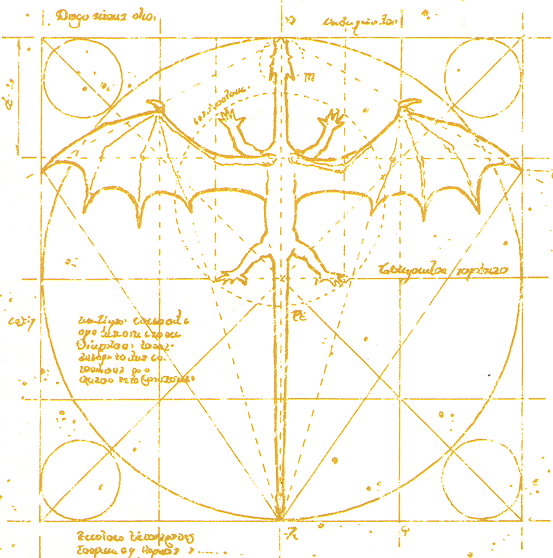“Whatever distinctly human qualities war calls upon—honor, courage, solidarity, cruelty, and so forth—it might be useful to stop thinking of war in exclusively human terms. After all, certain species of ants wage war and computers can simulate “wars” that play themselves out on-screen without any human involvement. More generally, then, we should define war as a self-replicating pattern of activity that may or may not require human participation— Barbara Ehrenreich
I was watching TV pundit/editor of Mother Jones Magazine David Korn commenting on Bush/Cheney/Rumsfeld’s botched Iraq war when he said, “…it’s almost like saying if we had an army of a million giant flying robots things would have turned out better. It’s denying reality… it’s all a giant experiment for them…” Those two ideas struck me; irresponsible, inexperienced leadership and a million robot army. A scary proposition, fast becoming a very real possibility.
DARPA is slowly crafting robots around the art of war. What is DARPA? The Defense Advanced Research Projects Agency . DARPA funds an array of inventors and Scientists for the US government, developing high-tech weapons and machines such as drones. Some of the best robots under development are being created by Boston Dynamics who just unveiled The Atlas, a new humanoid robot. They also developed the Cheetah which holds the land speed record for robots and the Big Dog pack robot.
These robots may seem crude and awkward as they move through tunnels, trek up mountains, throw bricks, climb steps and fly in formation, but they represent the adaptation of technology to a disturbing purpose, navigating war zones, delivering payloads, entering enclosed structures and zapping the earth from the safety of the clouds.
Should we call a moratorium on the creation of lethal autonomous robotics? Christof Heyns, the UN special rapporteur on extrajudicial, summary or arbitrary executions, thinks so when he suggests, “Machines lack morality and mortality, and as a result should not have life and death powers over humans.”
Then there is Asimov’s Three Laws of Robotics.
- A robot may not injure a human being or, through inaction, allow a human being to come to harm.
- A robot must obey the orders given to it by human beings, except where such orders would conflict with the First Law.
- A robot must protect its own existence as long as such protection does not conflict with the First or Second Law.
But could Asimov’s law be enforced? How can we stop a robot from being hacked or reprogrammed? And what about robots who learn, the classic SkyNet scenario from the Terminator movies where artificial intelligence develops its own agenda? Whether used creatively or destructively, Robot technology will no doubt be a perfect reflection of our own dreams and nightmares.
Ready or not, the robots are coming.
Atlas Robot created by Boston Dynamics:
Swarm of Nano Quadrotors:
Boston Dynamics Robot throwing cement blocks:
Boston Dynamic’s Cheetah Robot:














Great piece, Amy!
Killer robots, plus NASA’s beam-builder technology, and an AI with more processing power than all human brains combined … one scary future.
Thanks Briane, Your answer to this post shows why people are special and unique and why future robots will value you 🙂
They sent a robot astronaut up into space today, I heard this morning on the radio while I took my sons for a drive, aimlessly around nowhere. The robot was sent into space with a Japanese astronaut, to keep him company, they said. I was not at work because my wife is sick, and because I wasn’t needed there I opted to stay home and watch our two youngest kids.
When I say I was not needed there, I mean I wasn’t required to be physically present at my office. I was able, on the phone and through email, to c0mmunicate with other people who were there, and to exchange information. I talked to a banker who gave me the amount of money I need for a real estate closing tomorrow. I talked to a clerk who works for me to make sure she understood how to package the briefs I wrote to get them to the Supreme Court. I played “hide and seek” with my youngest child and read some blogs and cooked chicken strips and then read your blog.
None of those things could have been done by robots.
I’m jealous of the robot astronaut: he (?) gets to go into space, and I don’t, at least not yet (maybe someday?). There are things that I don’t want robots to do for me. I don’t want them to cook chicken strips and play hide-and-seek with my kids. I don’t want them to go into space in my stead.
But if robots want to shoot other robots to decide who owns a piece of land, I am okay with that.
First off, love the new layout. This post is at once exciting and scary, in equal measure. The thoughts of the good that could be achieved with these robots is amazing. However, the shot of the robot throwing cement blocks kind of suggests what they would *actually* be used for!
When you look at the beta bipedal dynamic robot, The Petman, just before The Atlas, you can see how fast the technology is developing. It’s insane!